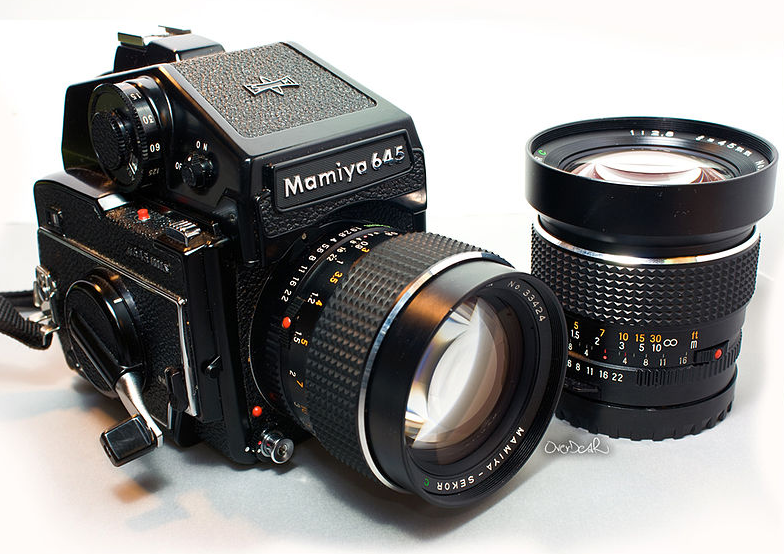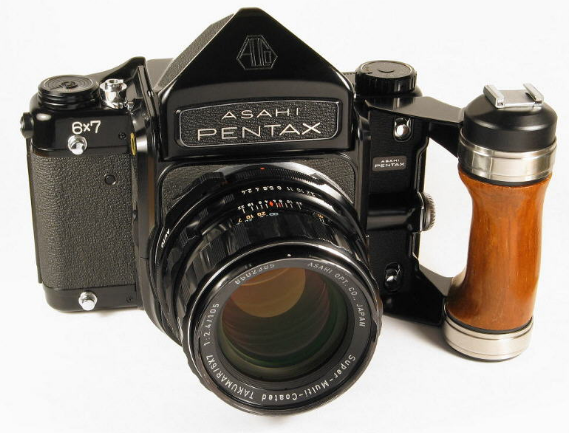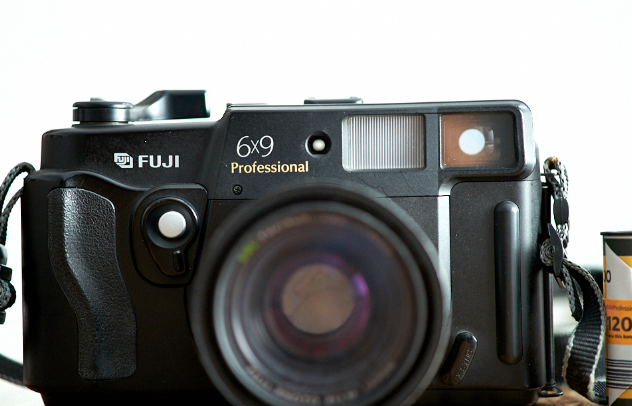What Film Does Medium Format Cameras Take
Tuesday 20 August 2024
 3.5k
3.5k
 Reproduction without the author's authorization is prohibited
Reproduction without the author's authorization is prohibited
When you browse videos about analog photography on YouTube, you will find that quite a few bloggers are shooting medium format photos. Medium format film contains much more information than 35mm, but a larger image field means a larger film is needed.
Medium format film is obviously larger than 35mm, but medium format doesn’t just come in one specific size, keep scrolling to find out.
120 Film
This is the most common film for medium format cameras. It produces images that are 6 cm wide, and the length of the image can vary depending on the camera (e.g., 6x4.5 cm, 6x6 cm, 6x7 cm, 6x9 cm, etc.). A roll of 120 film typically provides 8 to 16 exposures depending on the format.
The 120 film format is designed with a flexible width of 6 cm, but its length, and thus the number of exposures it can produce, varies based on the camera and format being used.
6x4.5 cm (645 format): This uses a smaller portion of the film for each frame, allowing for up to 15-16 exposures per roll.

6x6 cm: A square format that uses a larger portion of the film per frame, giving about 12 exposures per roll.

6x7 cm: A more rectangular format that provides about 10 exposures per roll.

6x9 cm: The largest standard format for 120 film, using even more film per frame, resulting in about 8 exposures per roll.

You can see these 120 Film formats on many medium format cameras from Fujifilm or Pentax, such as the famous Fujifilm 645 and Pentax 67. If you have never tried medium format photography, you can first look at the samples of various sizes and find the format you like before purchasing.
It should be noted that although medium format film can be more affordable than 35mm film in some cases, a roll of medium format film can shoot much fewer photos than 35mm film.
220 film
220 film, once popular for medium format photography, has become less common for several reasons.
120 and 220 films are both medium format films with a 6 cm width, but they differ primarily in length and backing. 120 film has a full-length paper backing that adds protection and facilitates proper frame spacing, offering 8 to 16 exposures depending on the format. 220 film, on the other hand, is twice as long and lacks full paper backing, providing double the exposures (16 to 32) but with increased risk of light leaks and handling damage. While both films produce identical image sizes and can be used in many of the same cameras, 220 film requires cameras or backs specifically designed to accommodate its lack of backing and longer roll, which has contributed to its decline in popularity. As far as I know, Kodak Vision 3 500T still has 220 film in production,Shanghai also has some 220 film for sale.
Sheet film
Sheet film is a type of photographic film used primarily in large format cameras, though some medium format cameras can also use it. Unlike roll film (such as 120 or 35mm film), sheet film comes in individual sheets rather than a continuous roll. Each sheet is a single exposure, and they are typically loaded one at a time into film holders.
Summary
Using a medium format camera are often larger and heavier than their smaller counterparts, making stability crucial.
Composing your shot through a waist-level viewfinder or ground glass screen often takes time, and the stability provided by a tripod allows for careful consideration of every detail. Whether metering light, fine-tuning focus, or managing film, this methodical process benefits from a stable setup.

Overall, the deliberate approach that medium format photography encourages aligns well with the use of a camera tripod.
Statement: all contents and remarks made by K&F CONCEPT 's intranet friends only represent themselves and do not reflect any K&F CONCEPT 's opinions and views.
-
 Will the Nikon Z9 Ⅱ not be released this yearWednesday 05 November 2025
Will the Nikon Z9 Ⅱ not be released this yearWednesday 05 November 2025 -
 Sony to Launch Multiple New Products at Two Recent EventsTuesday 04 November 2025
Sony to Launch Multiple New Products at Two Recent EventsTuesday 04 November 2025 -
 Canon RF 45mm F1.2 STM is about to be releasedMonday 03 November 2025
Canon RF 45mm F1.2 STM is about to be releasedMonday 03 November 2025 -
 Shaping Light at 102 Megapixels: How the VND 2–32 and CPL Filters Perform on the Fujifilm GFX100 II + GF45-100 mm F4Monday 03 November 2025
Shaping Light at 102 Megapixels: How the VND 2–32 and CPL Filters Perform on the Fujifilm GFX100 II + GF45-100 mm F4Monday 03 November 2025 -
 Panasonic Lumix S1H II Camera Appearance SpeculationFriday 31 October 2025
Panasonic Lumix S1H II Camera Appearance SpeculationFriday 31 October 2025






